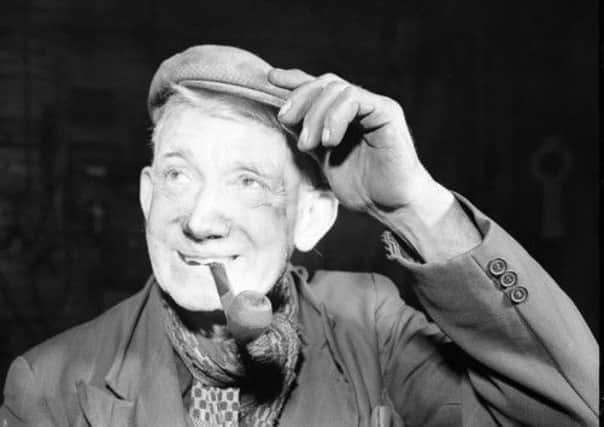Scottish word of the week: Bunnet


The bunnet has survived and thrived in Scottish culture since the 14th century, where its first recorded usage was found.
Much more than a piece of headgear, the bunnet was, for a long time, a signifier of social status. It has also been an integral part of Scottish infantry uniform. Its wide application in Scottish civil and military society has prolonged its presence atop the heads of working men, armed forces personnel and fashionistas alike.
Advertisement
Hide AdBut the bunnet’s heritage is most closely linked with the working class - the expression ‘bunnet hustler’ is given to a relatively well-off individual who talks up their working class roots, real or imagined.


Examples of the bunnet’s prominence in popular culture isn’t limited to fashion - a natural landmark near Gateside, Fife that hangs precariously over a cliff is christened The Bunnet Stane.
A more obscure example was narrated by none other than Sir Sean Connery - a documentary that he directed and presented called The Bowler and the Bunnet, a serious-minded affair that examined working class culture in a Glasgow shipyard in the 1960s. The title, pointedly, referred to how managers would wear bowler hats, and the workers would wear bunnets, reinforcing the hat as a signifier of social status at the time.